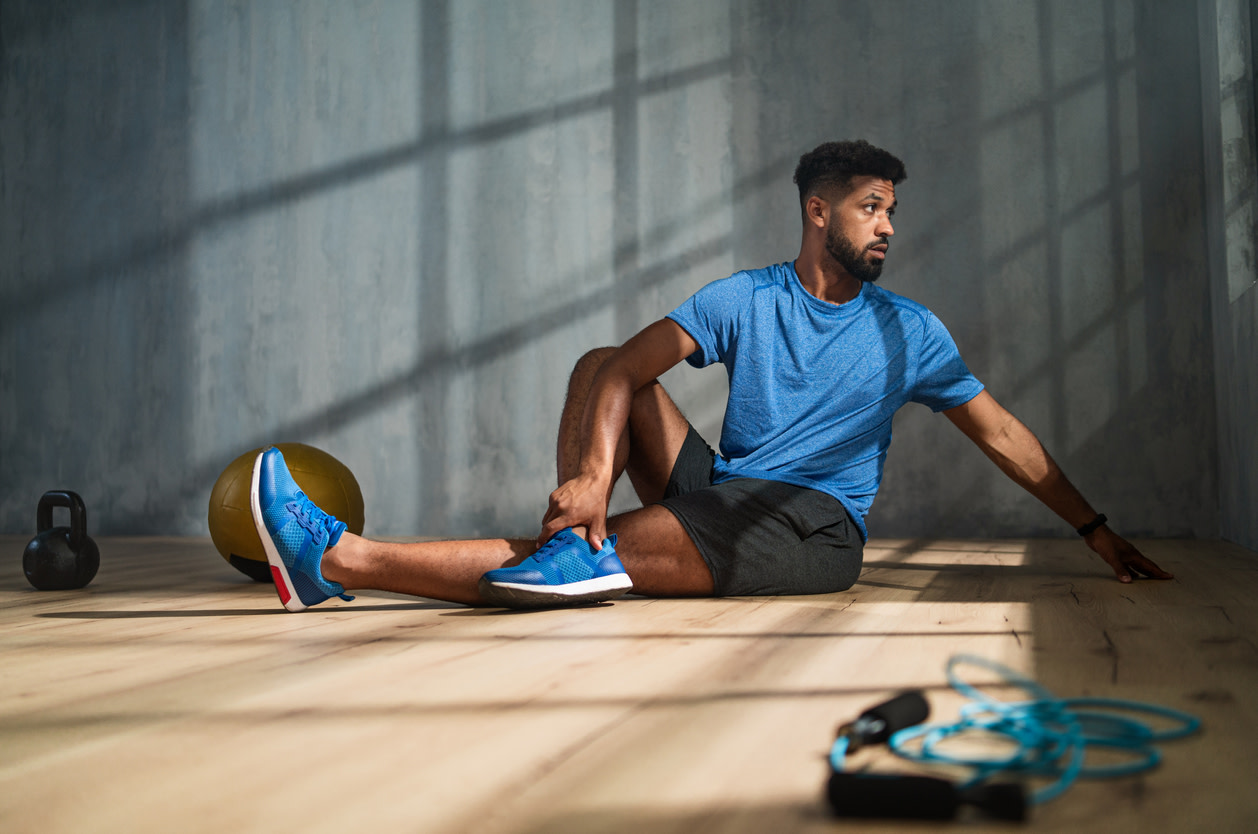¿Estirarse antes o después de hacer ejercicio? Lo que dice la ciencia
Las “reglas” sobre el estiramiento se han vuelto complicadas, pero no dejes que la confusión te detenga. Aprende por qué es tan importante estirar y cuándo y cómo estirarlo.
$0 costo para usted
Última actualización: May 7, 2025
El índice
Static stretches after your workout
¿Quieres atención de expertos? Consulta si estás cubierto por nuestro programa gratuito →- Postura del niño de pie
- Estiramiento de brazos cruzados
- Estiramiento de glúteos
- Estiramiento de cuádriceps
- Estiramiento de rotación de la espalda
